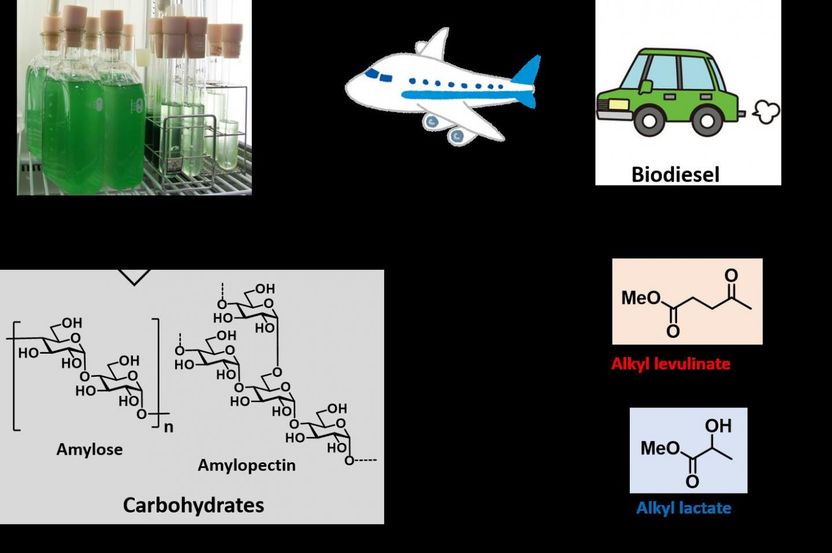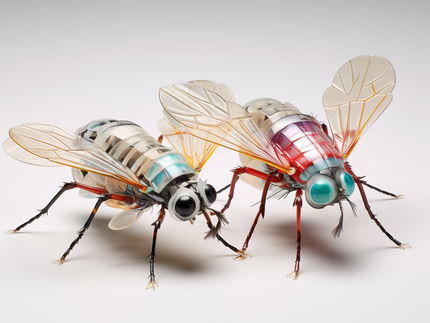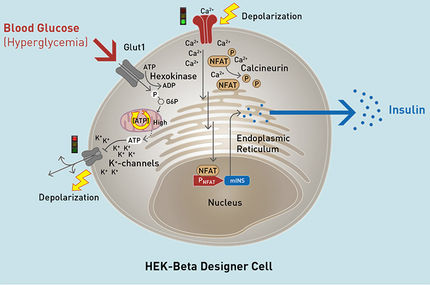Using synthetic DNA, Cornell researchers fashion low-cost, biodegradable hydrogels for drug delivery and tissue engineering
Using synthetic DNA formed into crosses, Y's and T's, Cornell researchers have created biocompatible, biodegradable, inexpensive hydrogels that can be easily formed into any desired shape for biomedical applications.
Hydrogels are liquid or semisolid materials composed of long-chain molecules cross-linked to one another to create many small empty spaces that can absorb water or other liquids like a sponge. If the spaces are filled with a drug, the hydrogel can dispense the drug gradually as the structure biodegrades. Widespread research also is under way on using hydrogels as scaffolds for tissue engineering and tissue repair, where the spaces in the gel might be filled with stem cells, tissue-growth factors or a combination of both.
Hydrogels for these purposes are usually made from organic or inorganic polymers, such as alginate from seaweed. Some have been made from proteins but none entirely from ordinary DNA. So far, all these processes have used organic solvents or acids or involve high temperatures, making conditions too harsh for a drug or living cells, so the materials to be encapsulated must be loaded in afterward.
The new process, developed in the laboratory of Dan Luo, Cornell assistant professor of biological and environmental engineering, uses no high temperatures or harsh chemicals, so the material to be encapsulated in the gel can be introduced before the gel is formed. Because the gel is made of only synthetic DNA, no immune response should be triggered, the researchers said, so the material encapsulated can include proteins and even live mammalian cells.
To create hydrogels, Luo and colleagues made branched DNA that formed itself into crosses, Y's and T's with "sticky" ends that could link to each other with the help of enzymes known as ligases. The cross-shaped branched DNA forms a gel by linking together into sheets of tiny squares that tangle in three dimensions; Y shapes form hexagonal structures like a chain link fence that combine into a fibrous three-dimensional form, while T shapes create random, disorganized patterns that look like an assembly of scales.
The researchers found that they could easily alter certain properties of the resulting gelatinous materials, including rigidity and absorbency, by adjusting the types of branched DNA used and the concentration of DNA in the mix. To demonstrate the ability of some of the materials to hold their shape, the researchers created them in a variety of different molds, including some that spelled out "CORNELL" at centimeter and nanoscales.
To test the use of the DNA hydrogels for delivering drugs, the researchers encapsulated porcine insulin and the anticancer drug Camptothecin and observed that the drugs were released in a controlled manner over time. When they encapsulated live cells in a gel, they found that the cells were still alive three days later. It is possible, the researchers said, that live cells encapsulated in a DNA hydrogel could be recovered, still alive, by breaking down the DNA structure with enzymes.
Original publication: Nature Materials 2006.
Most read news
Topics
Organizations
Other news from the department science
These products might interest you
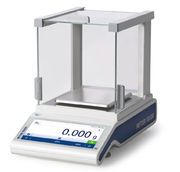
MS-Präzisionswaagen by Mettler-Toledo
Trusted Results at Your Fingertips
Capacity from 320 g to 12.2 kg, readability from 1 mg to 100 mg
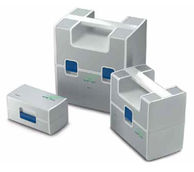
Carepacs by Mettler-Toledo
Professional CarePacs for smooth routine testing
Tweezers, gloves and other accessories for professional weight handling

Get the life science industry in your inbox
By submitting this form you agree that LUMITOS AG will send you the newsletter(s) selected above by email. Your data will not be passed on to third parties. Your data will be stored and processed in accordance with our data protection regulations. LUMITOS may contact you by email for the purpose of advertising or market and opinion surveys. You can revoke your consent at any time without giving reasons to LUMITOS AG, Ernst-Augustin-Str. 2, 12489 Berlin, Germany or by e-mail at revoke@lumitos.com with effect for the future. In addition, each email contains a link to unsubscribe from the corresponding newsletter.
More news from our other portals
Last viewed contents
Mohs_surgery
Shire's Vyvanse Will Attain Blockbuster Status by 2017 in the Attention-Deficit/Hyperactivity Disorder Drug Market - Emerging Nonstimulant Drugs Will Earn Less Than 15 Percent Share of the ADHD Market in 2017, According to a New Report from Decision Resources
Diamyd assigns Biovitrum development of production process for its diabetes drug GAD65
Cerastes_gasperettii
Sir_Andrew_Clark,_1st_Baronet
